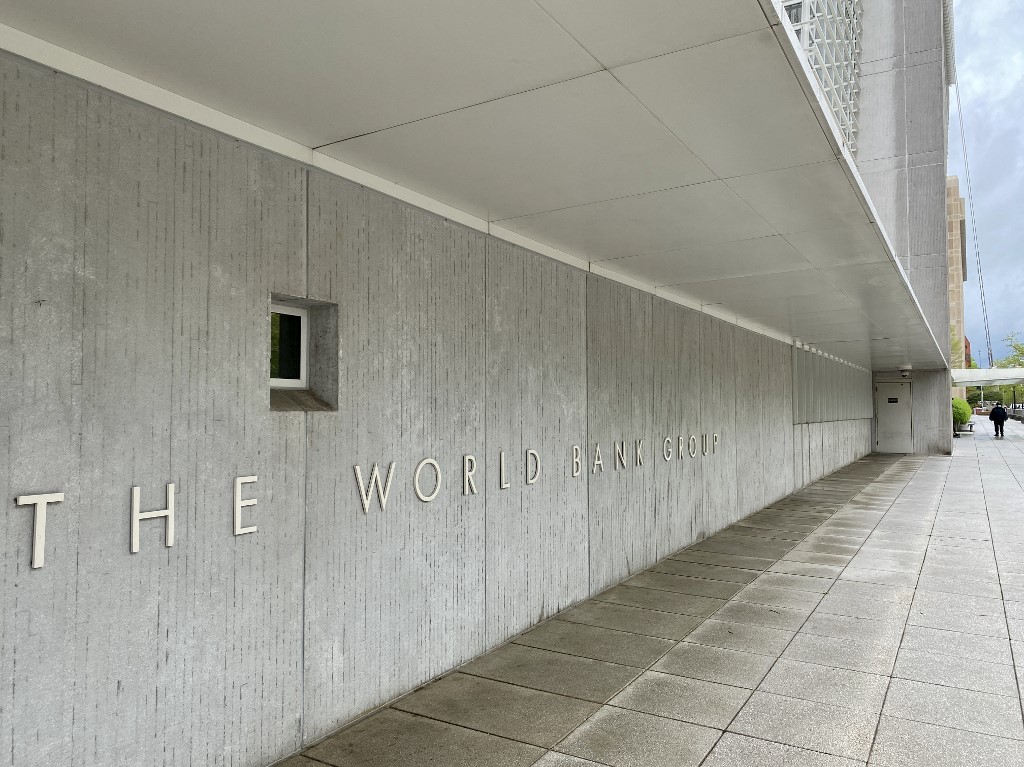
The World Bank has revised upwards its forecast of Croatia's economic growth in 2023 to 1.3% and it expects inflation to slow down to an average 7.2%.
Early this year, the World Bank forecast that Croatia's GDP would grow 0.8% in 2023.
"Economic activity in the Europe and Central Asia region, including Croatia, is likely to remain subdued this year due to the ongoing fallout from Russia’s invasion of Ukraine, persistent high inflation and tighter financial conditions," says the World Bank’s Economic Update for the region, released on Thursday.
"Beyond 2023, Croatia's economic growth is heading toward a gradual recovery as uncertainty declines - with the expectation that energy market prices normalize, remaining supply bottlenecks are resolved, and the external environment improves," the World Bank says.
"As a result, economic growth is expected to strengthen to an average 2.9% in the 2024-2025 period. This is also expected to have positive effects on labor market developments, with employment growth picking up, as the unemployment rate falls to below 6.5 % by 2025."
After peaking at 13.5% in November last year, Croatia's inflation rate is expected to fall to an average 7.2% in 2023.
Regional output is now expected to grow by 1.4% in 2023, "substantially better than the previously anticipated 0.1%."
"The positive, though deeply depressed, economic activity in 2023 reflects a softer contraction of Russia’s economy and an improvement in Ukraine’s outlook. Regional growth is expected to increase to an average 2.7% over 2024-25 as inflation eases, domestic demand recovers, and the external environment improves," says the World Bank.
"The outlook for the region remains highly uncertain. Growth in 2023 may be weaker if the war caused by Russia’s invasion of Ukraine escalates further, food and energy prices continue to increase, interest rate hikes accelerate globally or in the region, or there is a sudden reversal of capital flows to the region. There could be spillovers to growth from the current banking developments in some advanced economies."
Ukraine’s economy is projected to grow by 0.5% this year, the World Bank says, "following a staggering contraction of 29.2% in 2022, the year of Russia’s invasion of the country. While the economic toll suffered by Ukraine as a result of the invasion is enormous, the reopening of Ukraine’s Black Sea ports and resumption of grain trade, as well as substantial donor support, are helping support economic activity this year."
According to recent World Bank estimates, the cost of reconstruction and recovery in Ukraine has now grown to $411 billion, which is more than two times the size of Ukraine’s pre-war economy in 2021.
A sharp rise in consumer prices, particularly for food and energy, resulted in median annual inflation spiking to 15.9% by late 2022 in the emerging markets and developing economies of Europe and Central Asia, the highest in more than 20 years, and the highest among all developing regions of the world.
High inflation affects the poorest much more than the richest segments of the population, said Ivailo Izvorski, World Bank Chief Economist for Europe and Central Asia.
"To better protect vulnerable groups and promote economic growth, policies should take into account the varying impacts of inflation across different income levels and use more precise indicators to measure the actual cost of high prices on the poorest," he added.
In Croatia, rising inflation lowered households' purchasing power, especially for the poorest fifth of the population, says the World Bank.
"Croatian authorities partially mitigated the effects of higher global energy and food prices by adopting several stimulus packages during 2022 and at the beginning of 2023. The packages have included price caps on electricity, gas, and selected food items as well as targeted benefits for the most vulnerable members of the society."
Kakvo je tvoje mišljenje o ovome?
Pridruži se raspravi ili pročitaj komentare



 Srbija
Srbija
 Bosna i Hercegovina
Bosna i Hercegovina
 Slovenija
Slovenija







